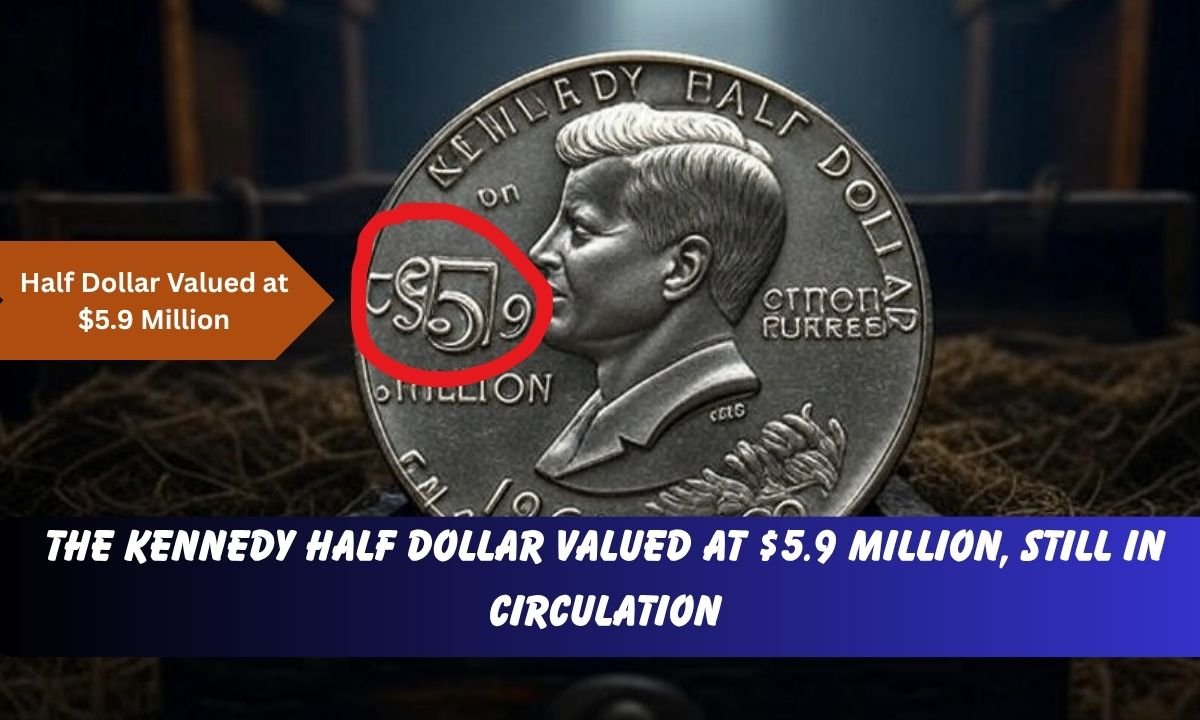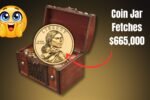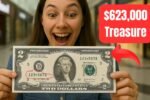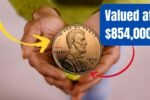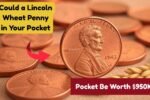Imagine reaching into your pocket for some loose change and pulling out a coin worth $5.9 million. Sounds like a dream, right? Well, that dream could be real with a rare Kennedy Half Dollar, a coin that’s still floating around in circulation. Minted to honor President John F. Kennedy, this 50-cent piece has a story that’s as fascinating as it is valuable. Let’s dive into why this coin is so special, how to spot one, and why it’s got everyone buzzing with excitement.
A Coin Born from History
The Kennedy Half Dollar first hit the scene in 1964, just months after President John F. Kennedy’s tragic assassination in 1963. The U.S. Mint wanted to pay tribute to a beloved leader, so they replaced the Franklin Half Dollar with a new design featuring Kennedy’s portrait on the front. People loved it. They saw it as a symbol of hope and remembrance during a tough time. But here’s the thing: many of these coins never made it into everyday use. Folks hoarded them as keepsakes, which makes finding one today feel like discovering buried treasure.
What makes this coin even more exciting is its 90% silver content. Back in 1964, these coins were made with real silver, giving them value beyond just 50 cents. Over time, the Mint switched to cheaper metals, but those early silver coins? They’re still out there, and some are worth a fortune.
The $5.9 Million Treasure
So, why is one Kennedy Half Dollar valued at $5.9 million? It’s not just any coin—it’s a super rare version with a unique mistake. This coin, believed to be a 1964 Specimen Strike or a coin with a “doubled die” error, is one of a kind. A doubled die happens when the coin’s design is stamped twice, slightly off-center, creating a shadow-like effect on the text or image. Think of it like a printing typo that makes a book super valuable—except this typo is on a coin and worth millions!
Experts say only a handful of these special coins exist. One, in near-perfect condition, sold for $5.9 million at an auction in July 2025. Its flawless shine, sharp details, and historical importance make it a collector’s dream. And here’s the wild part: some of these coins might still be out there, hiding in change jars, vending machines, or even your wallet. Can you imagine using a million-dollar coin to buy a soda?
How to Spot a Million-Dollar Coin
Now, you’re probably wondering: how do I find this treasure? It’s easier than you think, but you’ll need a sharp eye. Start by checking any Kennedy Half Dollars you come across, especially those dated 1964. Look at the front of the coin, where Kennedy’s face is. Grab a magnifying glass and inspect the words “LIBERTY” and the date. Do they look doubled, like they have a faint shadow? That’s the doubled die error you want.
Next, check the coin’s weight. A 1964 Kennedy Half Dollar should weigh about 12.5 grams because of its silver content. If it feels heavier or lighter, it could be a rare error coin. Also, look at the edge. Silver coins have a solid, shiny look, while later coins show a copper stripe. If you see an “S” mint mark near Kennedy’s neck, it’s from San Francisco, and those can be valuable too, especially in proof condition.
Don’t clean the coin if you find one! Cleaning can ruin its value. Instead, take it to a professional coin grader like PCGS or NGC. They’ll tell you if you’ve hit the jackpot.
Why the Buzz Is Growing
The idea of a $5.9 million coin still in circulation is like a modern-day treasure hunt. Social media is buzzing with stories of people finding rare coins in unexpected places—like a retiree in Texas who discovered one in an old jar or someone getting one in change at a diner. It’s not just collectors hunting for these coins; regular folks are joining in, checking their piggy banks and coin rolls from the bank. It’s exciting because anyone could find one. Could it be you?
This coin’s value isn’t just about money. It’s tied to history, to a moment when the nation mourned a great leader. That emotional connection makes every Kennedy Half Dollar feel special, but the rare ones? They’re like holding a piece of history that could change your life.
Tips for Starting Your Coin Hunt
Ready to start your treasure hunt? Here’s how to get going. First, check your loose change, especially at places like gas stations or casinos where half dollars sometimes pop up. Next, visit your bank and ask for rolls of half dollars. You might get lucky! Also, look through old family collections—your grandparents might have saved some 1964 coins without knowing their value.
Join online coin forums or follow numismatic groups on social media. They share tips and stories that can help you learn what to look for. And most importantly, have fun! Coin collecting is like a game where every coin could be a hidden gem.
Conclusion
The Kennedy Half Dollar valued at $5.9 million is more than just a coin—it’s a piece of history that could be hiding in plain sight. Its rare errors, silver content, and connection to a beloved president make it a treasure worth hunting for. Whether you’re a coin collector or just someone with a jar of change, the idea of finding a million-dollar coin is thrilling. So, next time you get a Kennedy Half Dollar in change, take a closer look. You might just be holding a fortune in your hand. Who knows? Your next coffee run could make you a millionaire.
FAQs
What makes the Kennedy Half Dollar so valuable?
It’s valuable because of rare minting errors, like a doubled die, and its 90% silver content from 1964, plus its historical significance.
How do I know if my coin is the $5.9 million one?
Check for a 1964 date, doubled text on “LIBERTY,” and a shiny silver edge. Get it graded by professionals like PCGS or NGC.
Where can I find Kennedy Half Dollars?
Look in your change, ask for coin rolls at banks, or check old family collections and vending machines.
Can I clean my coin to make it worth more?
No! Cleaning can damage the coin and lower its value. Keep it as is and take it to a professional.
Are all 1964 Kennedy Half Dollars worth millions?
No, only rare ones with specific errors or in pristine condition are worth millions. Most are worth a small premium.
